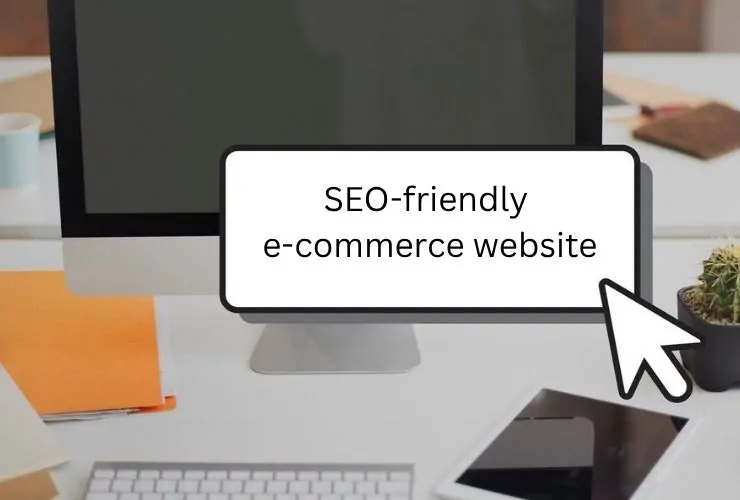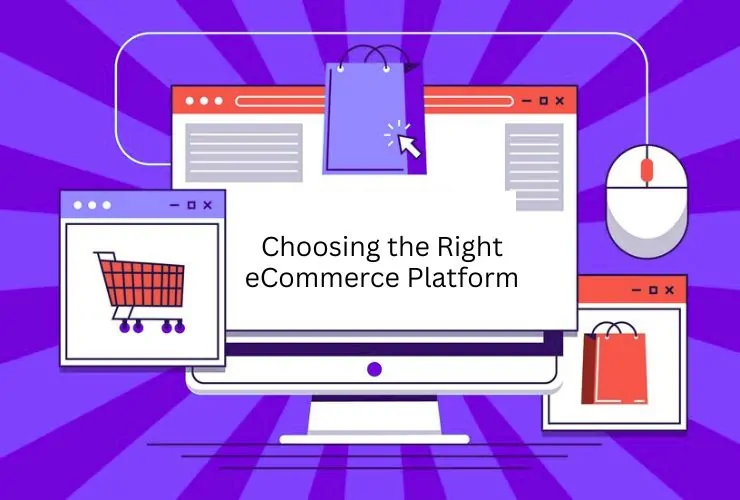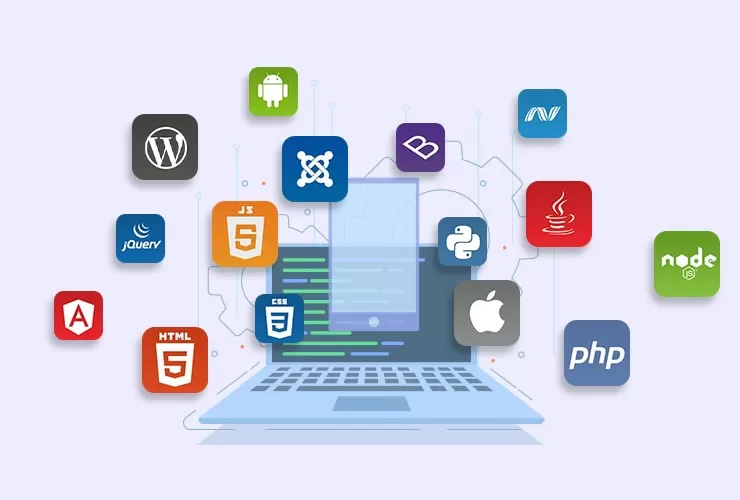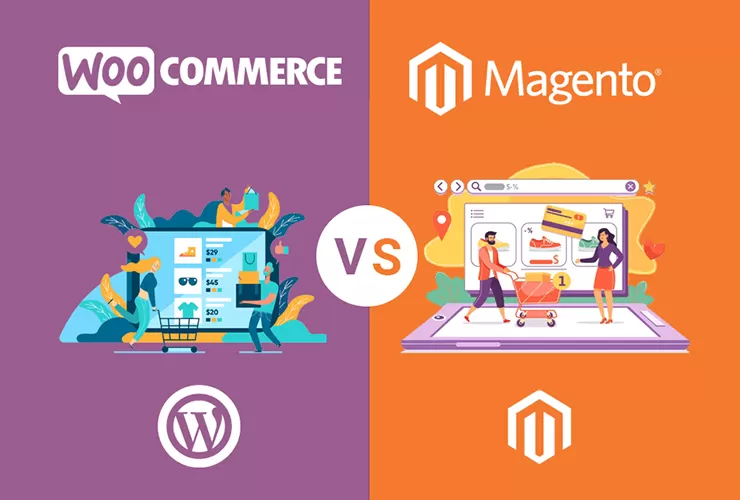The future of online shopping is mobile. With more than 70% of e-commerce traffic coming from smartphones and tablets, businesses can no longer afford to treat mobile design as secondary. Adopting a mobile-first approach to e-commerce design ensures that your online store delivers fast, intuitive, and seamless shopping experiences across all devices—starting with the one most used by consumers: mobile.
What is Mobile-First E-commerce Design?
Mobile-first design is a method in which designers start to develop the e-commerce experience in relation to mobile (before expanding into tablets and desktop versions). Rather than panicking and compressing desktop experiences into mobile ones, mobile-first design focuses on creating a clean and focused interface to account for smartphone use.
This pays homage to how customers are being mobilized in modern-day shopping. Customers expect pages to load quickly, thumb-friendly navigation, brilliant product imagery, and an efficient checkout experience; all of this should be intended for the mobile screen!
Benefits of Mobile-First Design for E-commerce
All of these mobile-first design techniques are beneficial for e-commerce owners. However, a mobile-first design is not only about aesthetics; it has a clear impact on the way your business performs. Here’s how:
Higher Conversion Rates: By diminishing the small mobile user “friction”, people are much more likely to end up finalizing a purchase. This will obviously increase revenue.
Faster Load Times: Lightweight mobile-first websites load faster than traditional desktop-first versions. Better loading times will improve users’ engagement levels and decrease bounce rates.
Better SEO: Google uses mobile-first indexing. In other words, if your e-commerce site is mobile-friendly, it is more likely to be ranked higher in search results.
Better User Experience: A mobile-first design lends itself to a better experience. Better experiences translate into longer shopping sessions!
Mobile-First E-commerce Website Features
An efficient mobile-first e-commerce store focuses on usability and speed. Features to incorporate:
- Responsive grid designs to a variety of sizes
- More button and icon sizes intended for tapping
- Navigation and filtering options simplified for smaller screens
- Optimized images with enlargements and lazy loading for document performance
- Checkout experiences simplified with auto-fill, payments via wallets, and reduced steps
- A “sticky” Add to Cart and “sticky/”Buy Now” features to keep the flow experienced
Mobile-First E-commerce Design Best Practices
To better take advantage of your mobile-first approach, consider following some recommended design principles:
- Thumb Zones: Consider placing important buttons and portions of navigation within a natural thumb zone.
- Visual Hierarchy: Create proper visual weight by creating size, contrast, and spaced dimensions for prices, ratings, and calls to action.
- Non-Interruptive Popins: Popins can destroy mobile UX experience. Reduce their appearance and utilize choices that can be executed on a selection of designs from the footer to prevent the annoyance.
- Many Forms: Reduce forms, constructing a shorter formation, auto-fill, dropdowns, and multiple-choice will speed up checkout experience on mobile.
- Test on Devices: Ensure all designs are tested and previewed on smart devices before assuming they will work in tested dimensions in real environments.
Mobile-First Design and Google’s Core Web Vitals
Google looks at Core Web Vitals- metrics that measure page performance- as ranking factors, especially on mobile. Core Web Vitals include the following:
- Largest Contentful Paint (LCP): 0-2.5 seconds refers to how quick the loading of the main content occurs
- First Input Delay (FID): < 100 ms this metric is the time it takes for the site to respond to a user action
- Cumulative Layout Shift (CLS): measures how stable the layout of the page is as the page loading
Improving these metrics on mobile is pivotal and impacts SEO as well as user experience. A mobile-first site scoring optimally on these metrics will have better visibility and engagement.
Mobile First E-commerce Examples
The best brands are already leveraging mobile-first design to great effect:
- Nike: Visuals with clean interface offers fast load times without hesitation, effectively delivers seamless transition between screens regardless of where you are on the site.
- ASOS: features navigation that is simple and intuitive for the end user. The website product filtering is intelligent and designed to allow customers to have fast access to filtered products.
- Warby Parker: contains AR for virtual try-on’s, a great integration while still providing fluid mobile commerce.
The above mobile-first design thinking shows how mobile-first design principles can transfer to exceptional customer journeys and in turn drive sales growth.
Mobile-First Is Not Mobile-Only
While mobile-first should be your starting point, it doesn’t mean ignoring larger devices. Desktop and tablet users still account for a significant portion of traffic and revenue. A successful strategy ensures a consistent and delightful shopping experience across all channels, making omnichannel design a vital part of your e-commerce plan.
Conclusion: Evolve or Get Left Behind
Mobile-first e-commerce design is no longer a “nice-to-have,” it is a must-have. You don’t have a choice; consumer behavior is changing and businesses must adapt or risk being left behind their competitors. There is a way to gain a competitive advantage, and that is through truly adopting a mobile-first mindset, designing your site for speed, usability, and responsiveness. You will not only meet the expectations of your users, but also maximize conversions and establish long-lasting relationships. The time is now to rethink your digital storefront with mobile at the forefront.
At Empirical Edge Inc., we deliver eCommerce development solutions from end-to-end that empower businesses to launch, grow, and succeed in the digital market. Our team of expert eCommerce website designers and developers specialize in everything from custom eCommerce web design and platform migration to third-party integrations. We deliver fast, secure, and conversion-driven digital solutions customized to meet your business needs. Whether you are launching a new online store or enhancing an existing one, we help you create a seamless shopping experience that achieves results.














